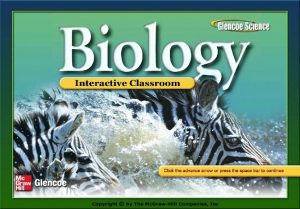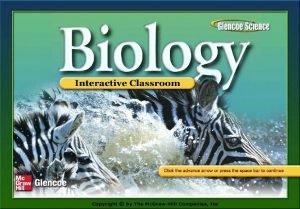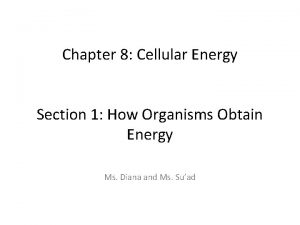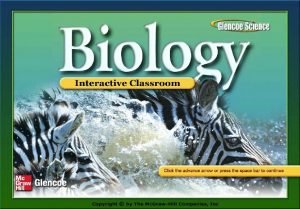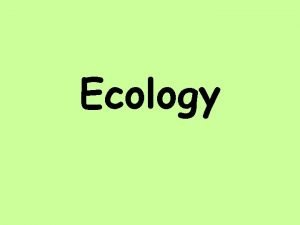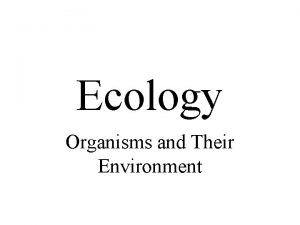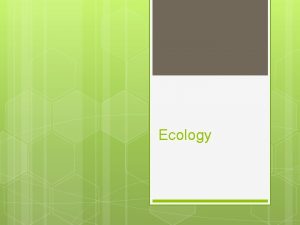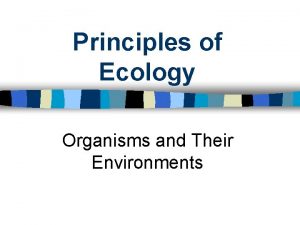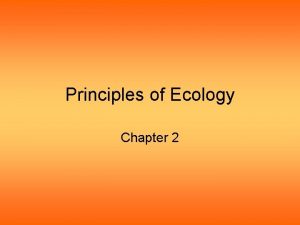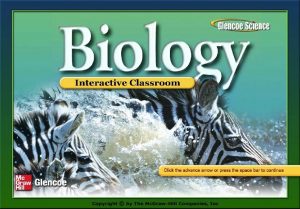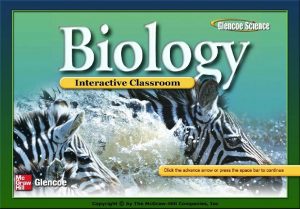Chapter 2 Principles of Ecology Section 1 Organisms














- Slides: 14

Chapter 2 Principles of Ecology Section 1: Organisms and Their Relationships Section 2: Flow of Energy in an Ecosystem Section 3: Cycling of Matter Click on a lesson name to select.

2. 2 Flow of Energy in an Ecosystem • NUTRITION – The ultimate source of energy is the SUN, which supplies the energy that fuels life.

Chapter 2 Principles of Ecology 2. 2 Flow of Energy in an Ecosystem (Types of Niches) § The Producers § Autotrophs - Organism that collects energy from sunlight or inorganic substances to produce food - Plant’s use the sun’s energy to manufacture food in a process called photosynthesis

Chapter 2 Principles of Ecology 2. 2 Flow of Energy in an Ecosystem (Types of Niches) § The Consumers - Heterotrophs § Organism that gets it energy requirements by consuming other organisms A lynx is a heterotroph.

Chapter 2 2. 2 Flow of Energy in an Ecosystem • Primary Consumers: an organism that gets its energy from producers (plants); usually called herbivores • Secondary Consumers: a consumer that gets its energy from other consumers; usually called carnivores • Types of consumers – – Herbivores: only eats plants Carnivores: prey on other heterotrophs Omnivores: eat both plants and animals Scavengers: animals that feed on animals that have already died (ex: vultures, ants, beetles) – Decomposers: organisms that break down and absorb nutrients from dead organisms (ex: fungi, bacteria)

Chapter 2 Principles of Ecology 2. 2 Flow of Energy in an Ecosystem § Detritivores eat fragments of dead matter in an ecosystem, and return nutrients to the soil, air, and water where the nutrients can be reused by organisms. Fungus

Chapter 2 Principles of Ecology 2. 2 Flow of Energy in an Ecosystem § Detritivores

Chapter 2 Principles of Ecology 2. 2 Flow of Energy in an Ecosystem Models of Energy Flow § Food chains and food webs model the energy flow through an ecosystem. § Each step in a food chain or food web is called a trophic level.

Chapter 2 Principles of Ecology 2. 2 Flow of Energy in an Ecosystem Food Chains § A food chain is a simple model that shows how energy flows through an ecosystem. § Arrows indicate the direction in which energy is transferred § Usually 3 -5 links; energy is lost in every transfer § Energy is lost to the environment as HEAT

Chapter 2 Principles of Ecology 2. 2 Flow of Energy in an Ecosystem Food Chains

Chapter 2 Principles of Ecology 2. 2 Flow of Energy in an Ecosystem Food Webs § A food web is a model representing the many interconnected food chains and pathways in which energy flows through a group of organisms.

Chapter 2 Principles of Ecology 2. 2 Flow of Energy in an Ecosystem Food Webs


Chapter 2 Principles of Ecology 2. 2 Flow of Energy in an Ecosystem Ecological Pyramids § A diagram that can show the relative amounts of energy, biomass, or numbers of organisms at each trophic level in an organism
 Chapter 2 principles of ecology
Chapter 2 principles of ecology Section 1 organisms and their relationships
Section 1 organisms and their relationships Chapter 2 section 1 organisms and their relationships
Chapter 2 section 1 organisms and their relationships Principles of ecology chapter 2
Principles of ecology chapter 2 Principles of ecology chapter 2 section 1 answer key
Principles of ecology chapter 2 section 1 answer key Organisms ecology
Organisms ecology Member of the same species
Member of the same species Single celled and multicellular organisms
Single celled and multicellular organisms Chapter 3 section 1 community ecology
Chapter 3 section 1 community ecology Chapter 4 population ecology test answer key
Chapter 4 population ecology test answer key Chapter 4 population dynamics study guide answers
Chapter 4 population dynamics study guide answers Cellular energy section 1 how organisms obtain energy
Cellular energy section 1 how organisms obtain energy Chapter 8 section 1 how organisms obtain energy answer key
Chapter 8 section 1 how organisms obtain energy answer key Chapter 8 section 1 how organisms obtain energy
Chapter 8 section 1 how organisms obtain energy Chapter 8 section 1 how organisms obtain energy
Chapter 8 section 1 how organisms obtain energy











